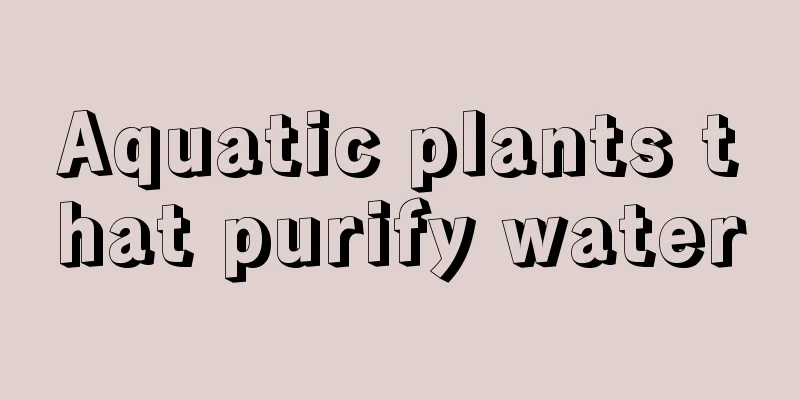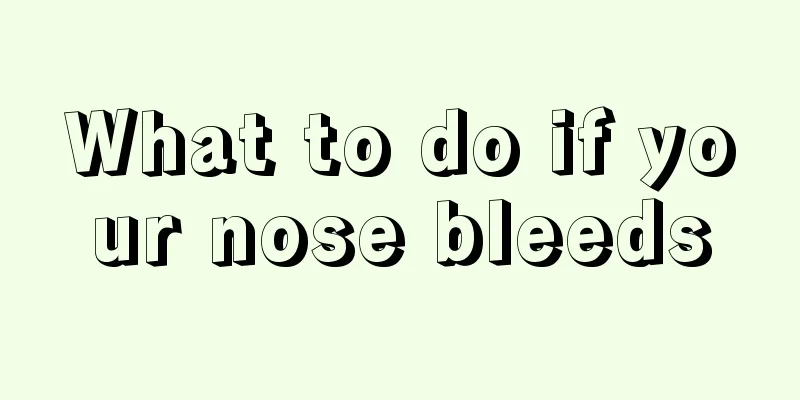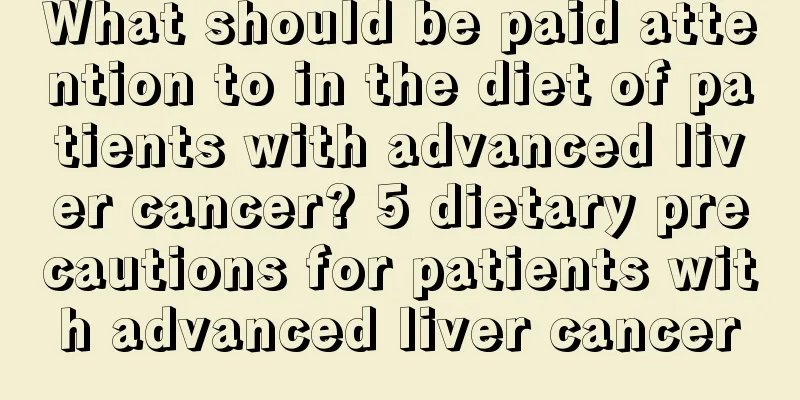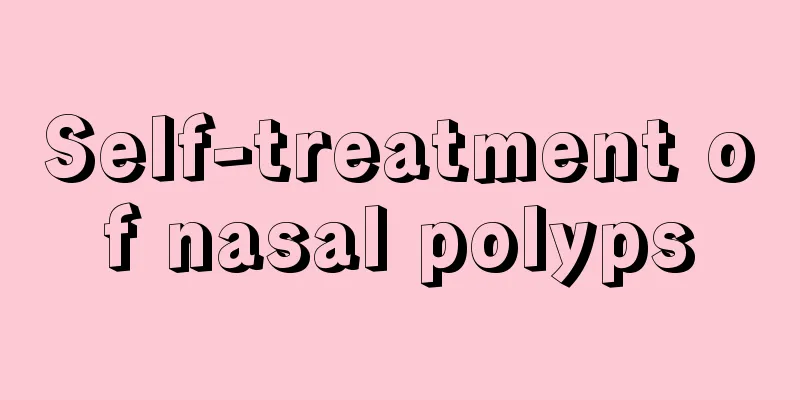How to treat severe varicose veins in the lower limbs?

|
Varicose veins in the lower limbs are a relatively common disease, especially among people who do physical labor for a long time or stand for a long time. The main symptoms are fatigue, soreness and swelling in the lower limbs, and elongated veins. Severe patients may also develop complications such as ulcers. When the disease reaches the late stage, it will have a great impact on the patient's life. Therefore, the treatment of severe varicose veins in the lower limbs is very important. 1. General treatment: For mild varicose veins with mild symptoms, you can use elastic bandages or leg wraps to wrap your calves for a long time to prevent them from continuing to develop. 2. Surgical treatment: For severe varicose veins with obvious symptoms, surgical treatment should be used. However, before surgery, it is important to ensure that varicose veins are not secondary and that the deep veins are patent. Depending on the condition, you can use: (1) High ligation: Suitable for cases where only the upper venous valve is insufficiency. Ligating the upper ends of the greater and lesser saphenous veins can prevent blood from flowing back and prevent the dilated veins from filling up again. (2) Venous stripping and resection: While performing high ligation, the varicose vein should be stripped or resected in whole or in sections. (3) Subfascial perforator ligation: Suitable for patients with varicose veins of the lower limbs accompanied by perforator valvular insufficiency. 3. Treatment of different complications (1) Chronic ulcers: Due to the interaction of factors such as local blood circulation disorders, tissue edema and bacterial infection, ulcers are difficult to heal. During treatment, the following should be done: ① Actively treat varicose veins of the lower limbs; ② Improve local blood circulation, such as asking the patient to lie flat, elevate the affected limb, and use an elastic bandage when working; ③ Control infection, such as systemic application of antibiotics and local wet compresses with 0.5% neomycin solution or 3% boric acid solution to clean the wound and reduce secretions, which is beneficial to epithelial growth and accelerates wound healing; if there is no secretion, 0.5% neomycin ointment or cod liver oil ointment can be used, or helium-neon laser irradiation can be used. (2) Varicose eczema: The wound surface should be kept clean and 0.5% neomycin coal tar paste should be applied externally. Conservative treatment methods include medication and wearing elastic stockings, but they can only alleviate the aggravation of the disease and cannot cure it. Therefore, generally speaking, drug therapy is used as a means of assisting recovery after surgery. The best treatment for severe varicose veins in the lower limbs is surgery. The decision to undergo surgery should be based on the patient's age and physical condition. |
<<: What should we pay attention to if we have kidney cysts?
>>: What happens when you can’t hold your urine?
Recommend
How to properly care for advanced liver cancer? 4 care items for patients with advanced liver cancer
How to care for advanced liver cancer? As we all ...
How to cook black fish without fishy smell and nutritious
In fact, no matter what kind of fish it is, if it...
What are the methods of making soup medicine
There are many kinds of diseases in our lives. Di...
Is an epilator better or a depilatory cream?
It is said that the ancestors of human beings are...
What are the early symptoms of gastric cancer
The early symptoms of gastric cancer include mild...
Why can't you drink beer when eating crayfish
When summer comes, people always like to drink co...
What happens if you eat cold food during pregnancy? What happens if a pregnant woman eats raw and cold food?
Pregnant women should pay attention to improving ...
What does thyroid cancer pending deletion mean
Thyroid cancer is pending deletion, which usually...
Does surgery to repair a perforated eardrum hurt?
Eardrum perforation cannot be said to be serious ...
What kind of harm will rectal cancer bring to the human body
Rectal cancer is a type of intestinal disease, an...
What harm does wallpaper do to the human body
Nowadays, when many people buy a house and decora...
Why does urine smell so bad?
I don’t know if you have noticed in your life tha...
How to ferment yogurt with pure milk
Nowadays, many young women prefer to study some n...
Lamb and yam soup recipe
Everyone is very familiar with mutton. We all kno...
Beware of dietary taboos for cerebral infarction!
If cerebral infarction is not treated promptly an...









